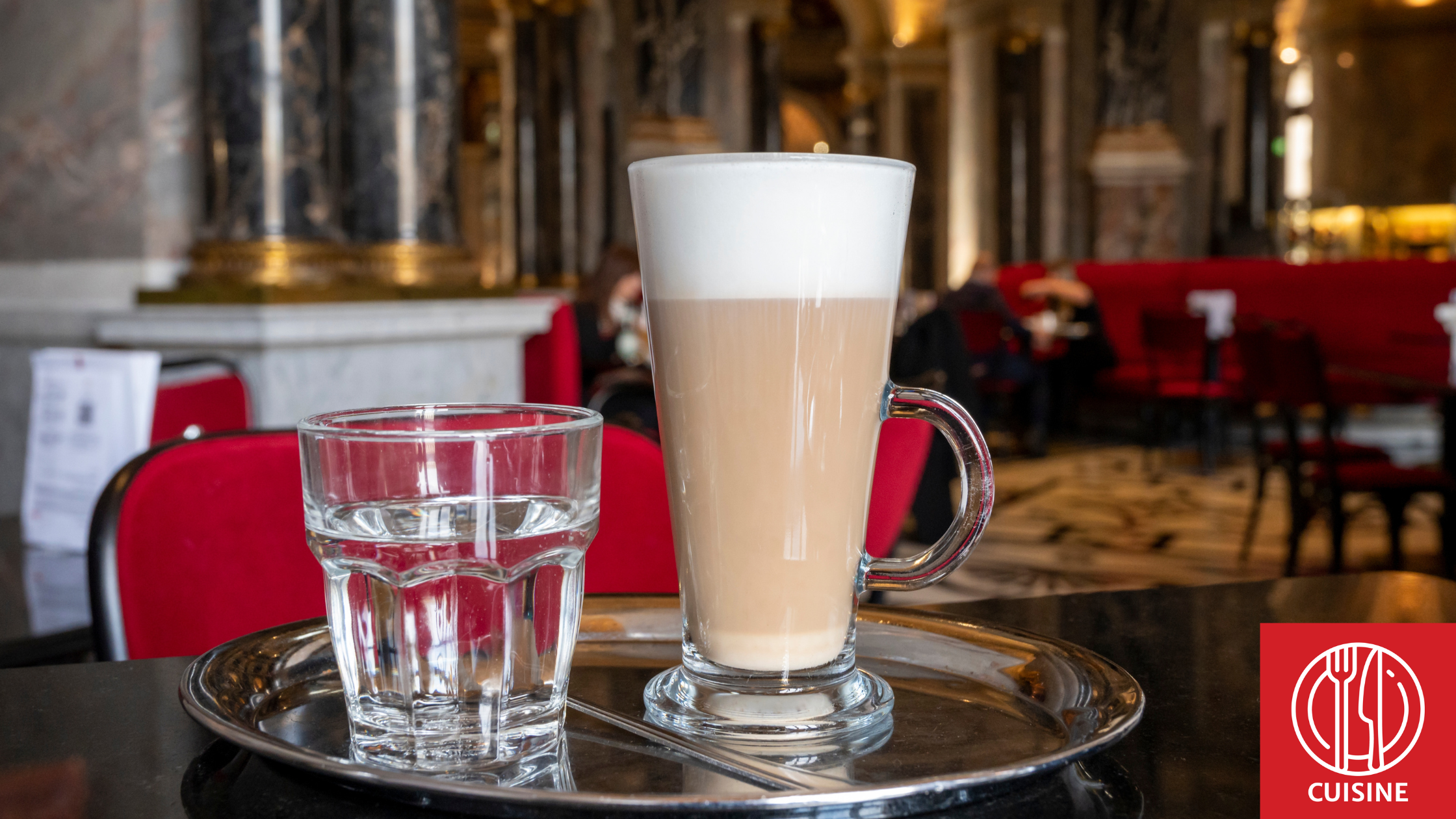
This post contains affiliate links, including links from the Amazon Associates programs. These links will direct you to products I recommend for further exploration and enjoyment of the topics I cover on my website and in my lectures. See more in the Privacy Policy below.
Since the 17th century, Vienna’s coffeehouses have been an integral part of the sophisticated, polyglot cultural, intellectual and political capital of the Habsburg empire. These establishments are still centers of intellectual discourse, artistic creation, and leisurely socializing, which has earned them a place on UNESCO’s list of Intangible Cultural Heritage.
Locals know the legend by heart: coffee first came to Vienna in 1683, during the Siege of Vienna, when the Turkish army were overcome by the imperial forces, and beat a hasty retreat, leaving much of their supplies behind, including several bags of coffee beans.
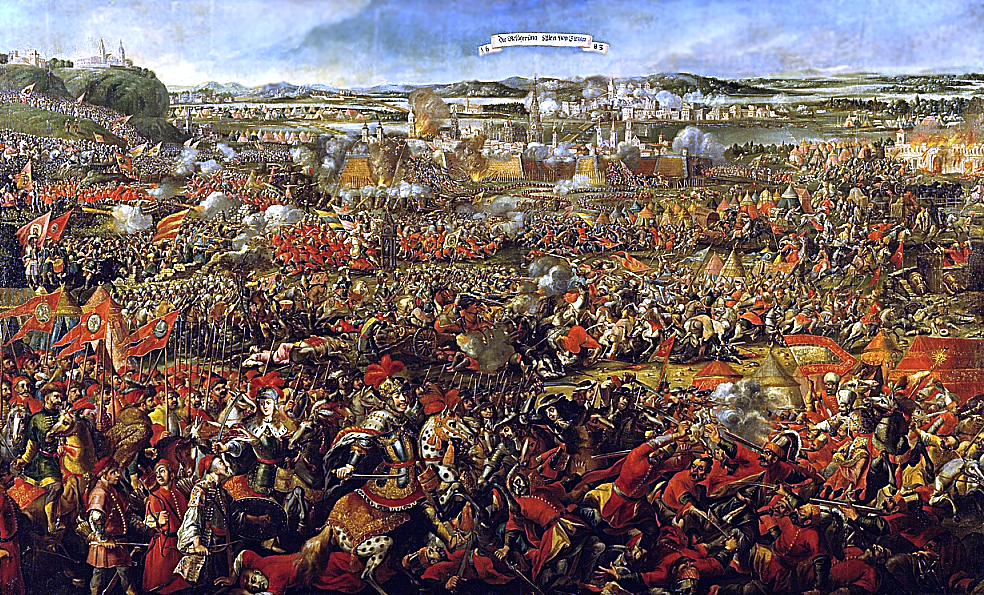
The Siege of Vienna | Via Wikimedia Commons
Jerzy Franciszek Kulczycki
The legend tells of a Polish man of Ukrainian descent, Jerzy Franciszek Kulczycki who had spent much time in the Ottoman empire and played a pivotal role in the 1683 Battle of Vienna during the Great Turkish War. Born in 1640, Kulczycki’s talents as a diplomat and spy proved invaluable when he daringly escaped the besieged city to seek reinforcements. This act of bravery earned him hero status among Vienna’s residents. The legend mentions a sack of abandoned dark beans left behind by the retreating Ottomans.
Kulczycki knew that the mysterious beans were not camel food, but something much more valuable, and popular lore credits Kulczycki with establishing Vienna’s first coffeehouse using beans abandoned by the retreating Ottoman forces. Recent culinary scholarship suggests that it was actually Johannes Theodat, an Armenian entrepreneur, who opened the first coffee house in Vienna in 1685, recent historical findings suggest a different narrative.
Legend or not, the rest is history. Caffeine suited the energetic, eclectic Viennese, and soon much of daily intercourse, commerce, and politics were centered on the growing number of elegant coffeehouses in the capital.
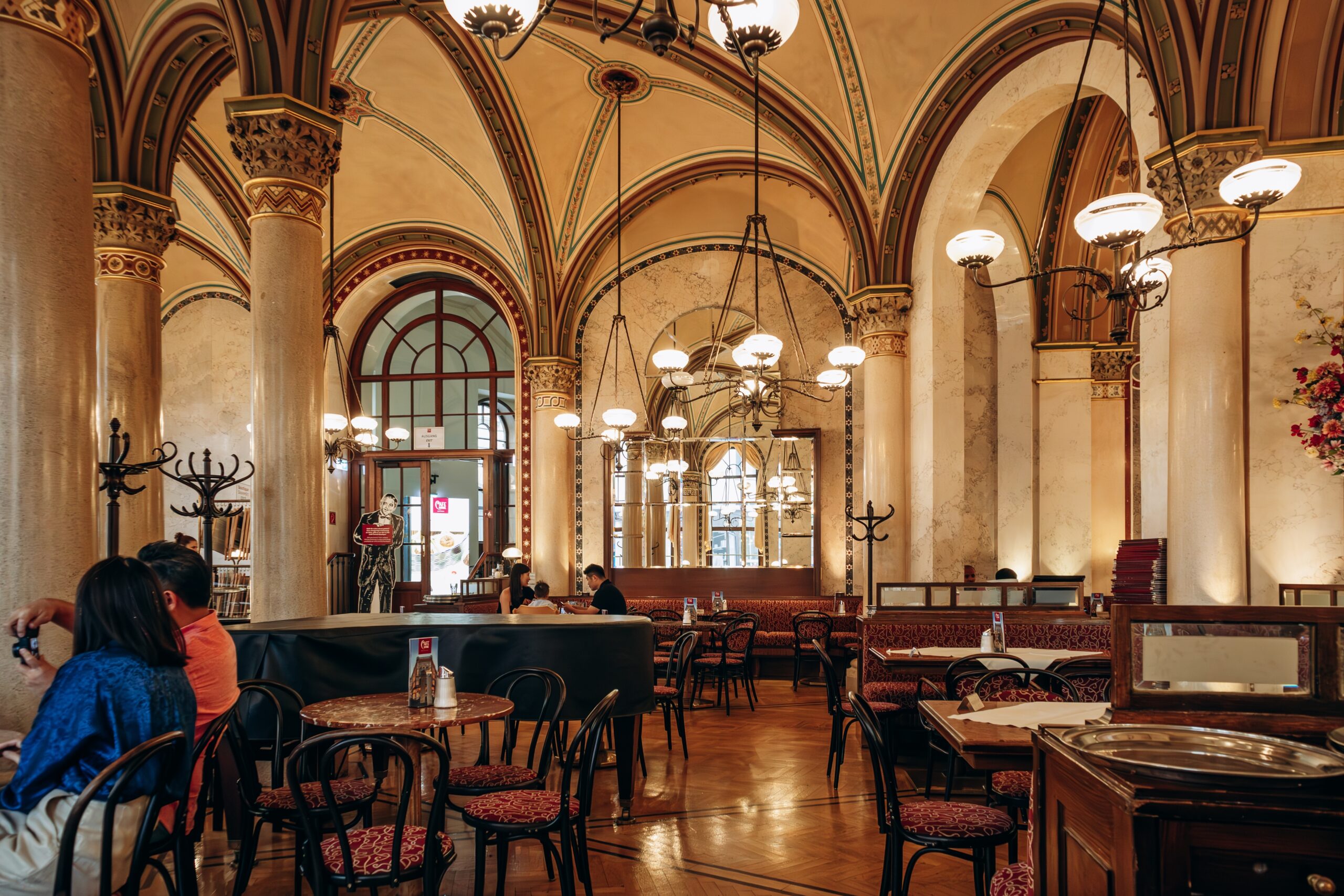
Interior of Vienna’s Cafe Central | Photo Credit: Andrei Antipov via Shutterstock
Throughout the 18th and 19th centuries, Viennese coffee houses developed into institutions known as the “extended living rooms” of the city. They provided a space where patrons could spend hours reading international newspapers, engaging in debates, playing chess, or simply watching the world go by, all for the price of a cup of coffee.
Stefan Zweig in his poignant The World of Yesterday, described the coffeehouses of Vienna in this way:
“In order to understand this, it must be said that the Viennese coffeehouse is a particular institution which is not comparable to any other in the world. As a matter of fact, it is a sort of democratic club to which admission costs the small price of a cup of coffee. Upon payment of this mite every guest can sit for hours on end, discuss, write, play cards, receive his mail, and, above all, can go through an unlimited number of newspapers and magazines. In the better-class Viennese coffeehouse all the Viennese newspapers were available, and not the Viennese alone, but also those of the entire German Reich, the French and the English, the Italian and the American papers, and in addition all of the important literary and art magazines of the world, the Revue de France no less than the Neue Rundschau, the Studio, and the Burlington Magazine. And so we knew everything that took place in the world at first hand, we learned about every book that was published, and every production no matter where it occurred; and we compared the notices in every newspaper. Perhaps nothing has contributed as much to the intellectual mobility and the international orientation of the Austrian as that he could keep abreast of all world events in the coffeehouse, and at the same time discuss them in the circle of his friends.”
Zweig, Stefan. The World of Yesterday (pp. 45-46). Plunkett Lake Press. Kindle Edition.
The 19th Century Coffeehouses
In the 19th century, coffeehouses served the same role for Viennese men as London clubs did for their English peers: one’s coffeehouse affiliation was a key hallmark of identifying who a Viennese was, what his politics were, and what interests he pursued.
Famous writers, artists, and thinkers such as Sigmund Freud, Gustav Klimt, and Leon Trotsky frequented these establishments. The coffee house was a place where ideas were born, manifestos were written, and artistic movements took shape.

Newspapers in a Vienna coffeehouse | Photo Credit: Inspired-By-Maps via Shutterstock
Julius Meinl
As the mania for coffee swept through the elegant streets of Vienna, Julius Meinl revolutionized the coffee industry and pioneered the technique of selling pre-roasted coffee beans, making coffee more accessible to the masses. His son, Julius Meinl II, expanded the business, establishing a vast network of grocery stores across the Austro-Hungarian Empire. The company was known not only for its coffee but also for its innovative social policies, including advanced employee training and welfare programs. The family and the business survived the ravages of World War II and thrives today.
Famous Viennese and their Coffeehouses
Many of the famous coffeehouses are still open today: Leon Trotsky and other liberal thinkers and writers plotted world revolution at Café Griensteidl. Sigmund Freud pondered the mysteries of the human psyche in Café Landtmann, while Austrian politician Peter Altenberg made speeches at the Café Central, where a statue has been erected in his honor.
Altenberg, born Richard Engländer in 1859, was a pivotal figure in Vienna’s literary scene at the turn of the 20th century. As a key member of the Jung-Wien (Young Vienna) movement, Altenberg revolutionized prose writing with his short, impressionistic pieces that captured the essence of everyday Viennese life. His unique style, influenced by the concise aesthetic of Charles Baudelaire and the spatial limitations of postcards, earned him acclaim from contemporaries such as Arthur Schnitzler and Hugo von Hofmannsthal. Altenberg’s work, characterized by its close observation of the mundane and its poetic quality, helped define the Viennese Impressionist literary style.
Altenberg’s contributions extended beyond his writing to embody the spirit of Vienna’s coffeehouse culture. He famously made the Café Central his second home, even having his mail delivered there. This deep integration into coffeehouse life not only influenced his work but also cemented his status as a quintessential Viennese figure. Altenberg’s presence in these intellectual hubs, along with his distinctive appearance and bohemian lifestyle, made him a living symbol of Vienna’s vibrant cultural scene. His legacy continues to be intertwined with the city’s rich literary and coffeehouse traditions, representing a unique intersection of art, daily life, and social commentary that defined an era.
Viennese Coffeehouses Today
Coffeehouse tradition dies hard, and modern-day Vienna carefully preserves the rituals and traditions of its coffeehouse culture.
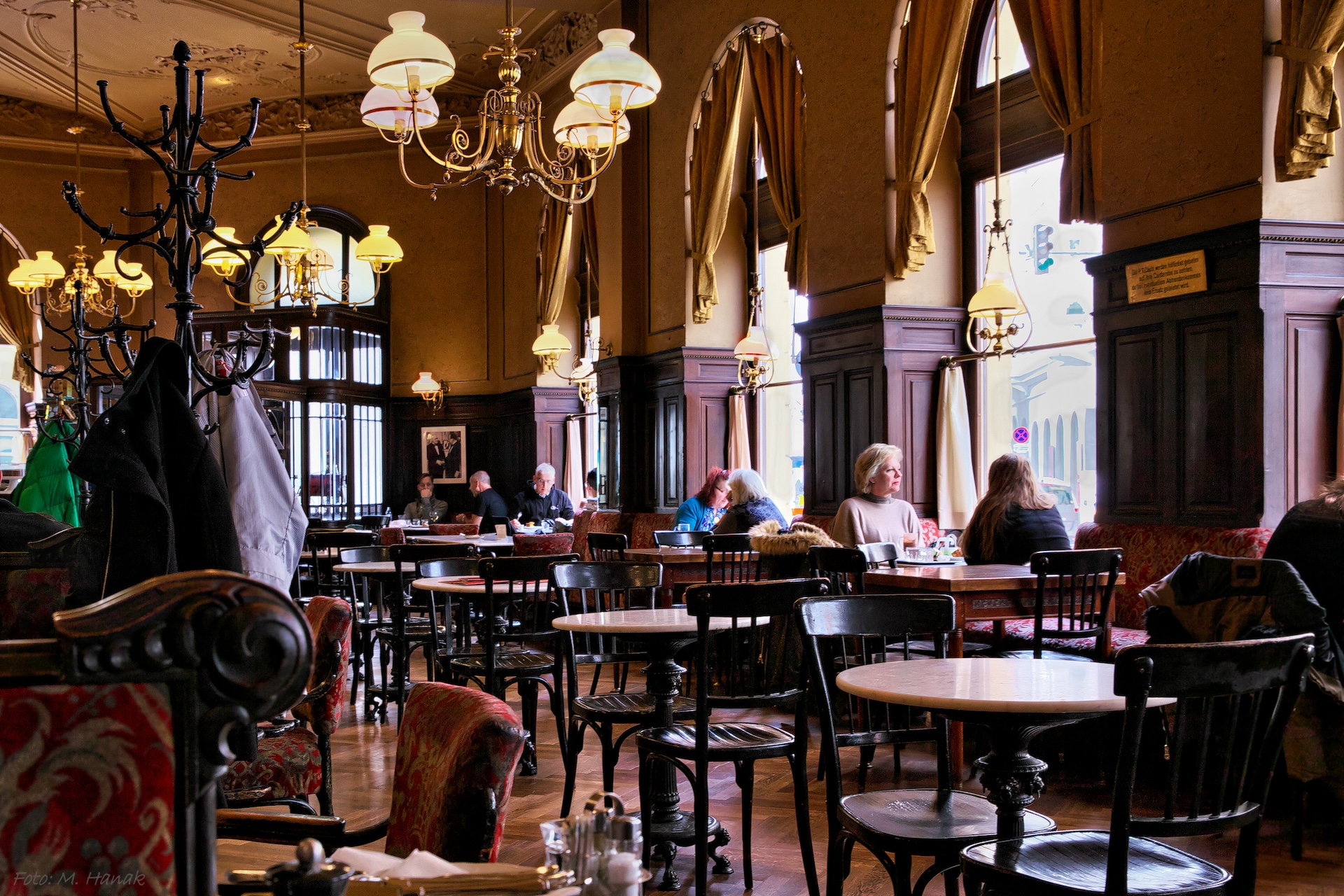
Cafe Sperl | Photo Credit: Mojmir-Fotografie via Shutterstock
Their marble tables, Thonet chairs, newspaper holders, and elegant interiors characterize traditional Viennese coffeehouses. The waiters, known as “Herr Ober,” dress formally and are known for their professional yet sometimes brusque demeanor.
While the number of traditional cafés declined in the latter half of the 20th century, there has been a revival of interest in recent years, as a Vienna coffee house remains the perfect place to meet friends, drink a “kleiner schwarzer” or enjoy a piece of sacher torte. Today, both historic establishments like Café Central and Café Sacher, and modern interpretations of the coffee house continue to thrive, offering visitors and locals alike a taste of this unique Viennese tradition.
The Viennese coffee house culture remains a vital part of the city’s identity, blending history, culture, and the simple pleasure of a well-brewed cup of coffee in an atmosphere of timeless elegance.
Coffee is still served on a silver tray with a glass of water by professional waiters in formal attire. The privilege to sit in one of the old coffeehouses doesn’t come cheap, so do as the Viennese do and linger for a few hours, read, or just ponder the mysteries of something. And
Famous Viennese Coffeehouses
1. Café Central
Address: Herrengasse 14, 1010 Wien | Website: www.cafecentral.wien
Opened in 1876, Café Central was a key meeting place for Vienna’s intellectuals, including Leon Trotsky and Sigmund Freud. Its grand architecture features stunning vaulted ceilings.
Specialties: Enjoy their famous Apfelstrudel (apple strudel) or try the “Café Central Gateau,” a chocolate cake with marzipan filling.
8. Café Griensteidl
Address: Michaelerplatz 2, 1010 Wien | Website: www.cafegriensteidl.at
History: Originally opened in 1847, Café Griensteidl was a famous meeting place for writers and politicians. It closed in 1897 but was reopened in 1990 in the same location, preserving its historical significance.
Specialties: Known for their excellent coffee and traditional Viennese pastries, particularly their Apfelstrudel and Sachertorte.
6. Café Museum
Address: Operngasse 7, 1010 Wien | Website: www.cafemuseum.at/en/
Designed by Adolf Loos in 1899, it was a meeting place for artists like Gustav Klimt and Egon Schiele. Its interior has been restored to its original modernist design.
Specialties: Their “Topfenstrudel” (sweet cheese strudel) is highly recommended, as is their traditional “Kaiserschmarrn.”
5. Café Schwarzenberg
Address: Kärntner Ring 17, 1010 Wien | Website: www.cafe-schwarzenberg.at/en/
Opened in 1861, it’s the oldest café on the Ringstrasse. It survived both World Wars and remains a symbol of Viennese coffee house culture.
Specialties: Their “Schwarzenberg Breakfast” is popular, as is their selection of traditional Viennese pastries.
3. Café Landtmann
Address: Universitätsring 4, 1010 Wien | Website: www.landtmann.at/en/
Opened in 1873. It was a favorite of Sigmund Freud and Gustav Mahler. Its elegant interior and outdoor terrace offer views of the Burgtheater.
Specialties: Try their “Landtmann’s Kleine Erfrischung,” a selection of mini desserts, or their traditional Wiener Schnitzel.
7. Café Sperl
Address: Gumpendorfer Str. 11, 1060 Wien | Website: www.cafesperl.at
History: Founded in 1880, Café Sperl retains much of its original Baroque Revival decor. It was a favorite of artists, musicians, and military officers.
Specialties: Try their house specialty, “Sperl Torte,” a chocolate cake with almond and cinnamon cream filling.
4. Café Hawelka
Address: Dorotheergasse 6, 1010 Wien | Website: www.hawelka.at/cafe/
History: Founded in 1939, Café Hawelka became a popular meeting place for artists and writers after World War II. Its cozy, smoke-stained interior has changed little since then.
Specialties: Famous for their “Buchteln,” sweet yeast buns filled with plum jam, served warm in the evenings.
9. Café Jelinek
Address: Otto-Bauer-Gasse 5, 1060 Wien | Website: www.cafejelinek.steman.at
Established in 1910, Café Jelinek is a hidden gem in Vienna’s 6th district. It retains much of its original early 20th-century charm, with vintage furniture and a cozy, lived-in atmosphere.
Specialties: Known for their homemade cakes, particularly their poppy seed cake. They also offer a variety of traditional Viennese coffee specialties and a popular weekend brunch.
10. Café Korb
Address: Brandstätte 9, 1010 Wien | Website: www.cafekorb.at
History: Established in 1904, Café Korb was a favorite haunt of artists and intellectuals, including Andy Warhol during his visits to Vienna. Its Art Deco interior provides a unique blend of traditional and modern aesthetics.
Specialties: Known for their excellent Apfelstrudel and Wiener Schnitzel. Their basement hosts regular cultural events, including readings and small concerts.
2. Café Sacher
Address: Philharmoniker Str. 4, 1010 Wien | Website: www.sacher.com/en/cafe-sacher-vienna/
Founded in 1876 by Eduard Sacher, son of the creator of the famous Sacher-Torte. It’s located in the luxurious Hotel Sacher.
Specialties: The world-renowned Original Sacher-Torte, a chocolate cake with apricot jam and chocolate icing.

Sacher-torte | Photo credit: davide-bonaldo via Shutterstock
11. Kleines Café
Address: Franziskanerplatz 3, 1010 Wien
Opened in 1970 by actor Hanno Pöschl, Kleines Café (meaning “Small Café”) lives up to its name as one of the tiniest cafés in Vienna. Despite its modern origins, it has become an integral part of Vienna’s coffee house scene.
Specialties: Known for its intimate atmosphere and outdoor seating on the picturesque Franziskanerplatz. It’s a popular spot for coffee, wine, and people-watching.
12. Café Prückel
Address: Stubenring 24, 1010 Wien | Website: www.prueckel.at
History: Established in 1903, Café Prückel is known for its 1950s-style interior, designed by architect Oswald Haerdtl. It has long been a favorite among artists, writers, and intellectuals.
Specialties: Famous for its excellent coffee and traditional Viennese pastries. Their “Topfenstrudel” (sweet cheese strudel) and “Apfelstrudel” are popular.
Each of these cafés offers a unique glimpse into Vienna’s rich coffee house culture, combining history, ambiance, and culinary delights. They continue to be popular among locals and tourists alike, preserving the tradition of the Viennese café as a place for relaxation, conversation, and indulgence.
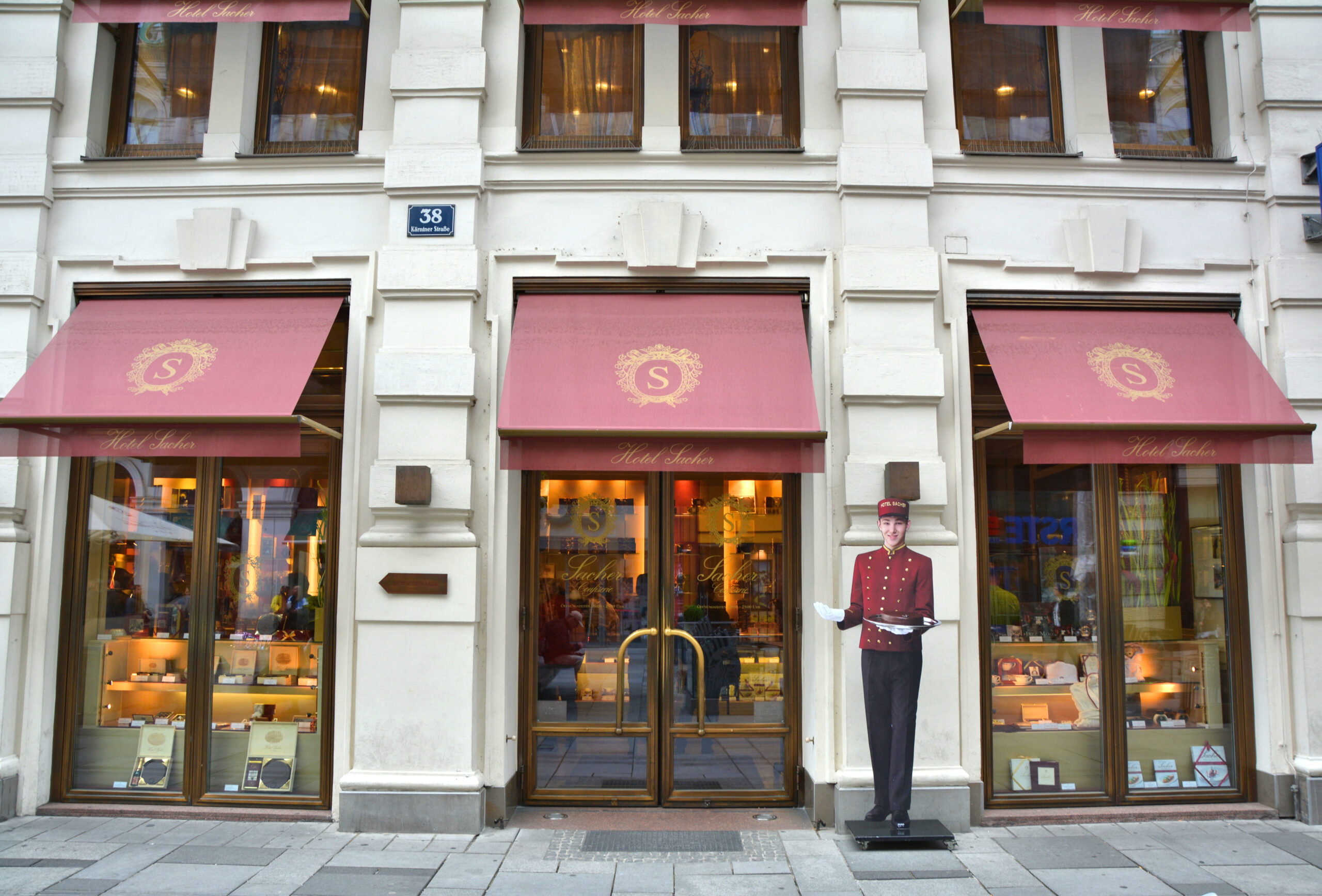
Thank you for stopping by and I hope you’ve enjoyed pursuing this article! There are plenty more to enjoy — check out the list below!
I am a food and travel writer as well as a cruise ship lecturer: my passion is exploring the cuisine, history, and culture of new places and writing about them here.
I hope you’ll consider staying connected with me by subscribing to my newsletter, Destination Curation, where I look at the intersection of history, culture, and cuisine in major destinations. You can also join the conversation on Facebook and Instagram.
Enjoy More Posts Like This One
 40+ Thoughtful Gift Ideas for Cruise Passengers 2024
40+ Thoughtful Gift Ideas for Cruise Passengers 2024
40+ Thoughtful Gift Ideas for Cruise Passengers 2024
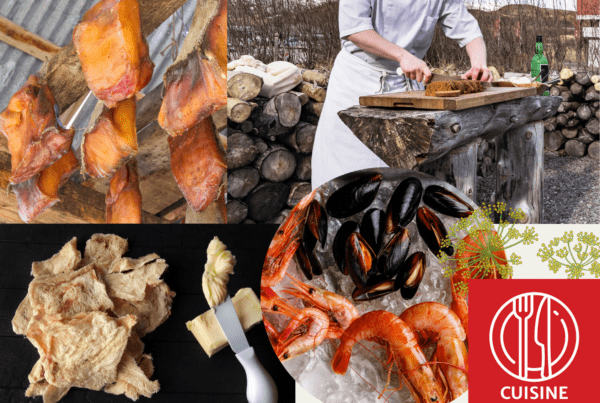 The Must-Try Things to Eat and Drink in Iceland
The Must-Try Things to Eat and Drink in Iceland
The Must-Try Things to Eat and Drink in Iceland
 8-Hours in Bruges, Belgium: The Perfect Itinerary
8-Hours in Bruges, Belgium: The Perfect Itinerary
8-Hours in Bruges, Belgium: The Perfect Itinerary
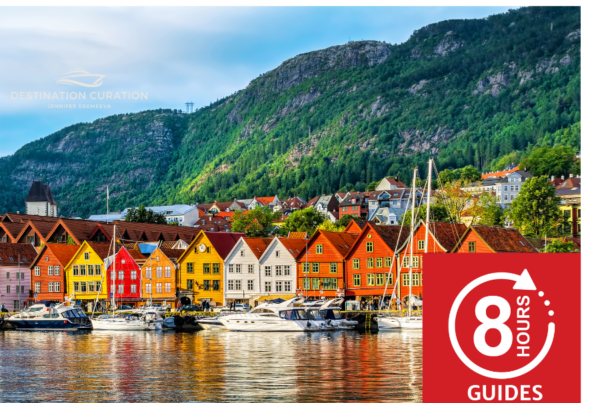 8 Hours in Bergen: A Guide to Norway’s Second City
8 Hours in Bergen: A Guide to Norway’s Second City
8 Hours in Bergen: A Guide to Norway’s Second City
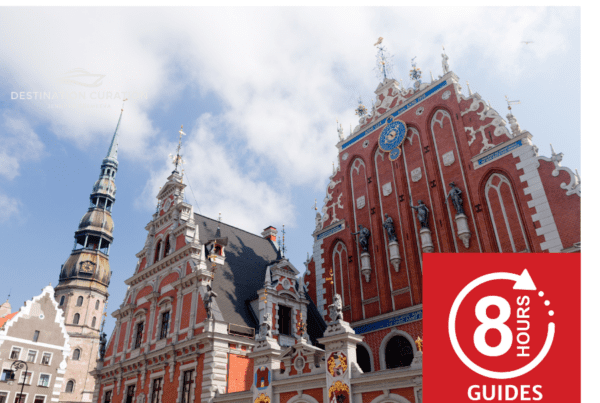 8 Hours in Captivating Riga, The Capital of Latvia
8 Hours in Captivating Riga, The Capital of Latvia
8 Hours in Captivating Riga, The Capital of Latvia
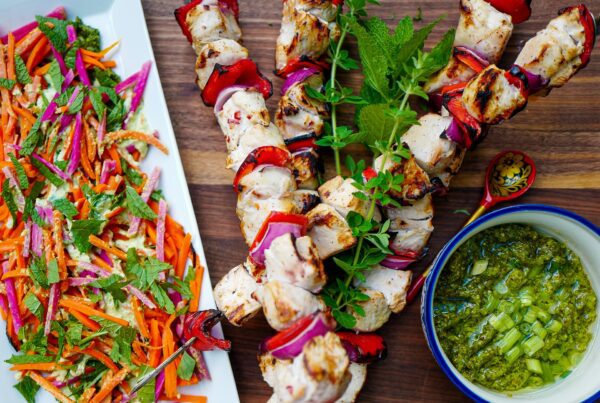 Tangy Kefir Brined Chicken Shashlik
Tangy Kefir Brined Chicken Shashlik
Tangy Kefir Brined Chicken Shashlik
 How to Make Shashlik: Recipes for Juicy Meat Skewers
How to Make Shashlik: Recipes for Juicy Meat Skewers
How to Make Shashlik: Recipes for Juicy Meat Skewers
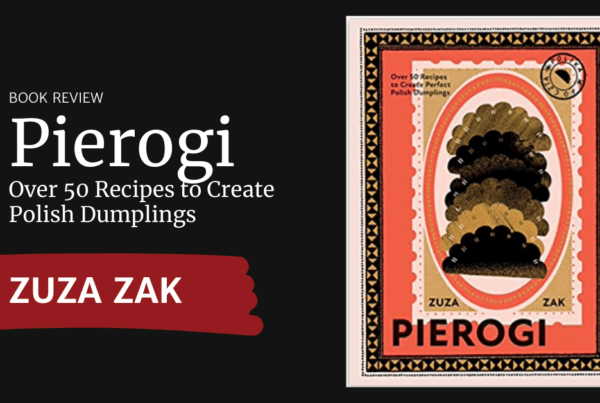 Pierogi: Over 50 Recipes to Create Perfect Polish Dumplings
Pierogi: Over 50 Recipes to Create Perfect Polish Dumplings
Pierogi: Over 50 Recipes to Create Perfect Polish Dumplings
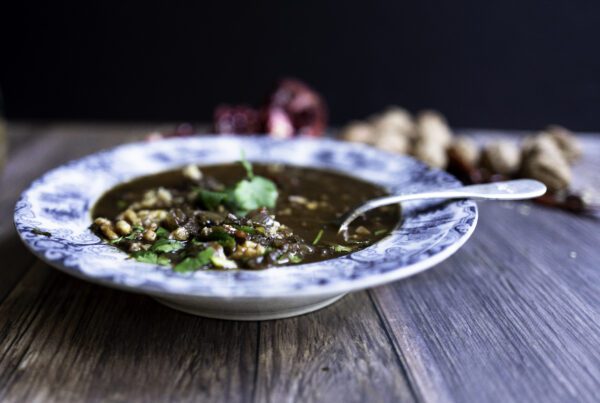 Kharcho: A Welcome Guest From the Near Abroad
Kharcho: A Welcome Guest From the Near Abroad
Kharcho: A Welcome Guest From the Near Abroad
 Amber & Rye: A Baltic Food Journey
Amber & Rye: A Baltic Food Journey
Amber & Rye: A Baltic Food Journey
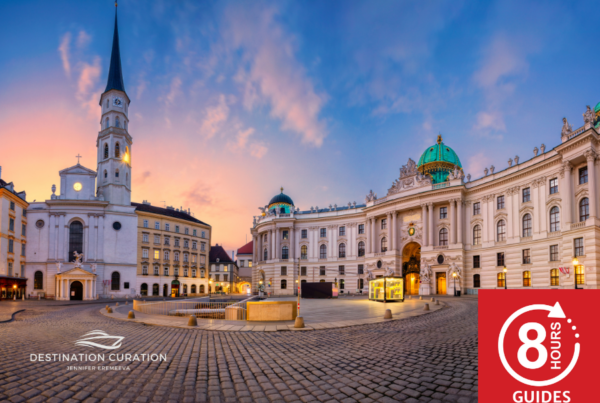 8 Hours in Vienna, Austria: The Best Things to Do
8 Hours in Vienna, Austria: The Best Things to Do
8 Hours in Vienna, Austria: The Best Things to Do
 40+ Thoughtful Gift Ideas for Cruise Passengers 2024
40+ Thoughtful Gift Ideas for Cruise Passengers 2024
40+ Thoughtful Gift Ideas for Cruise Passengers 2024

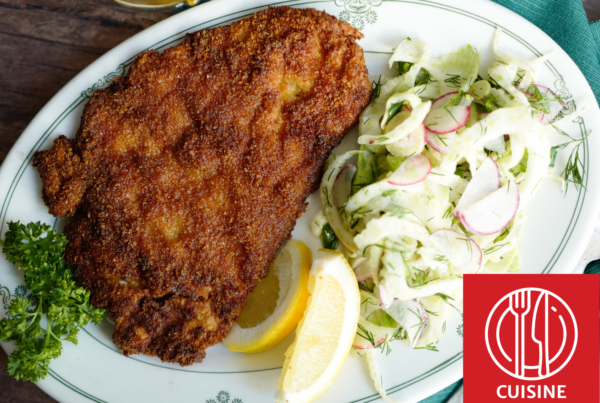
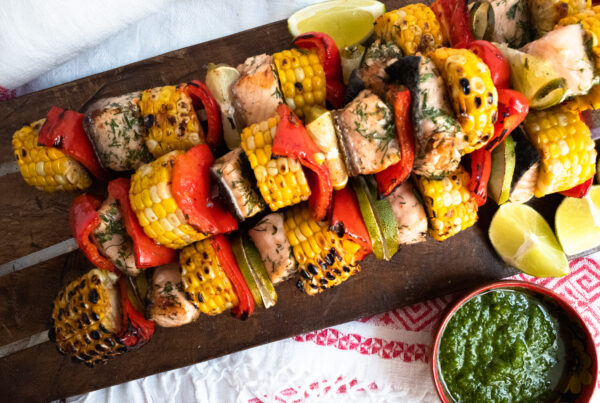
This is SO helpful! My husband and I are traveling there this Fall and will use this very helpful guide. Thank you! Keep it up.
Thank you so much for this great comprehensive article about Vienna’s cafes. You brought back the sweet memory of my last visit to Vienna in summer of 2018.
I would like to recommend two more cafes, one is Tirolerhof cafe just a stone trough away from the Opera. The second one would be cafe vollpension close to Naschmarkts. Have a fantastic day